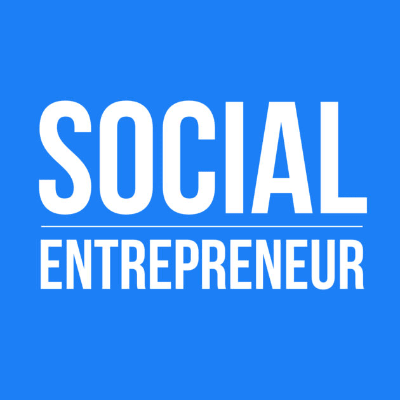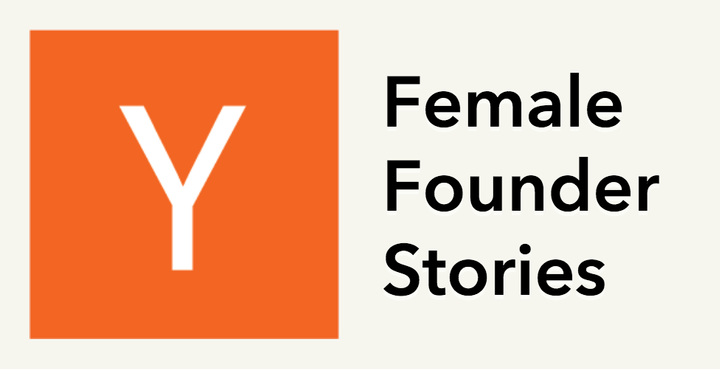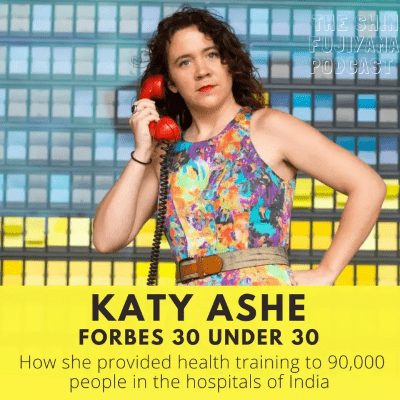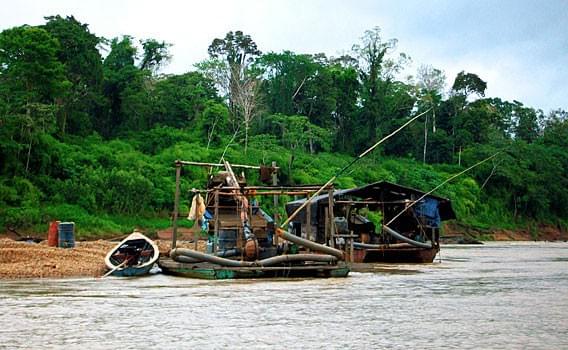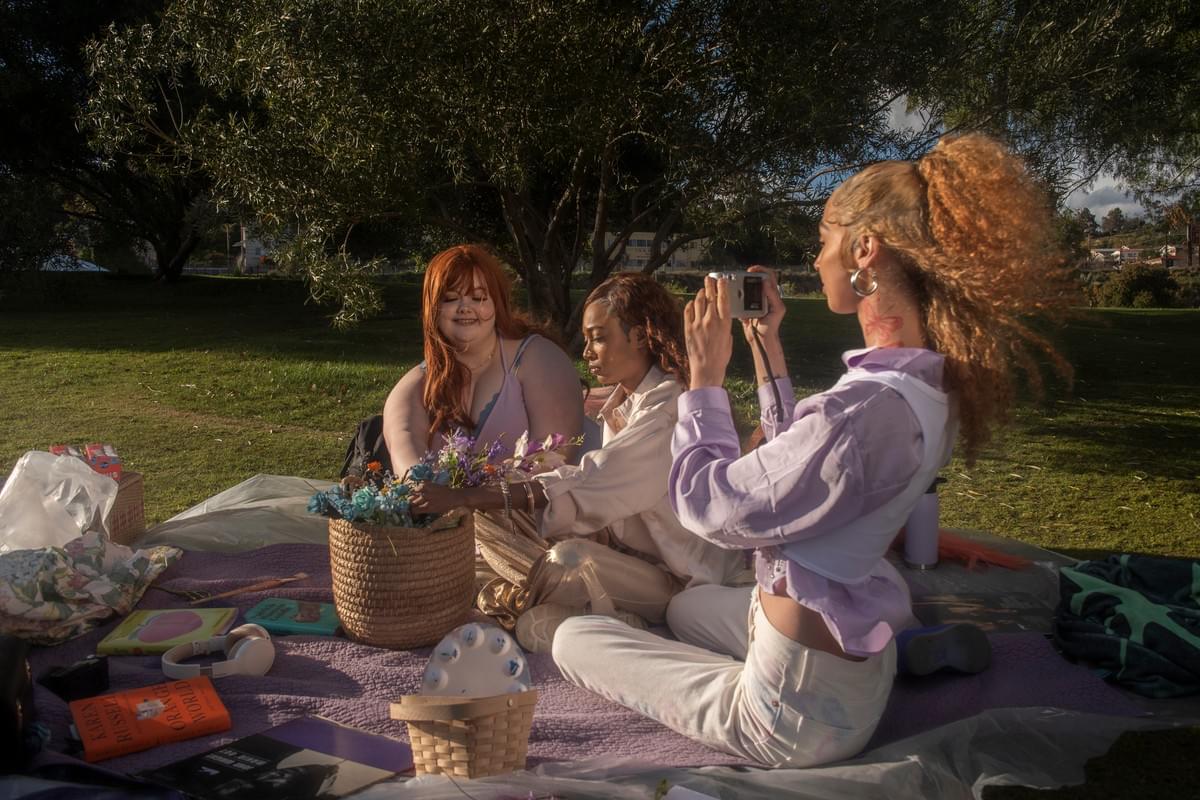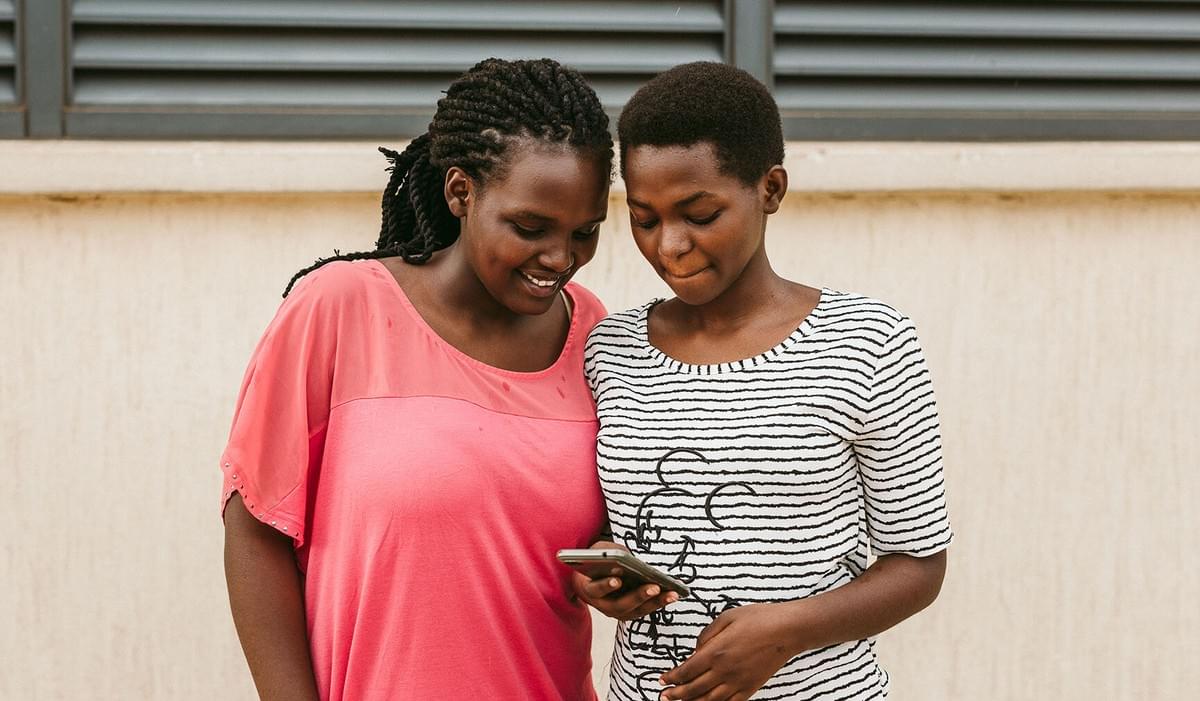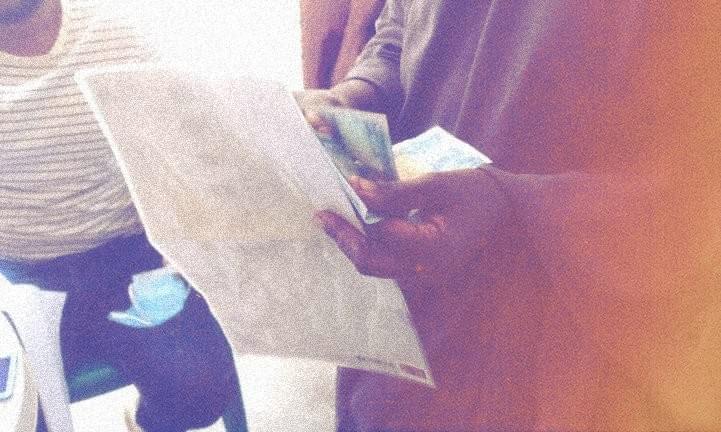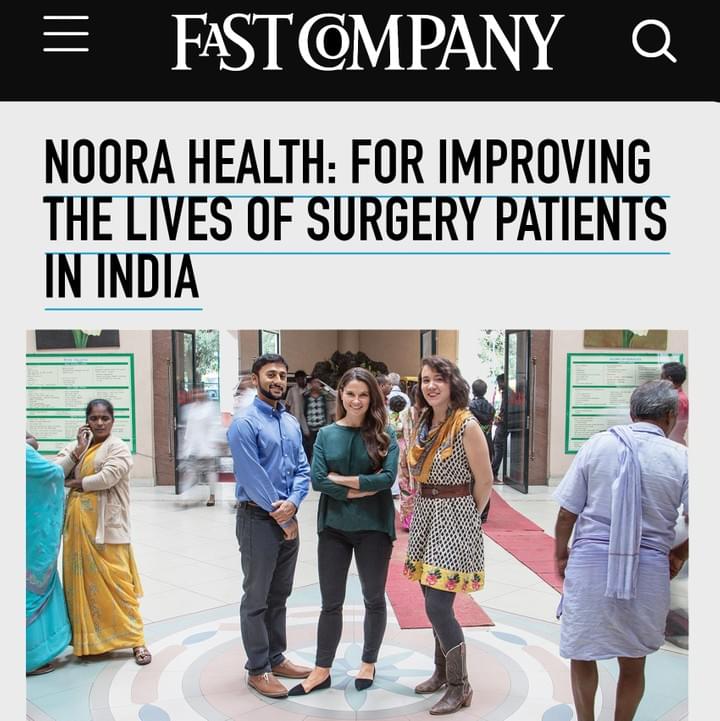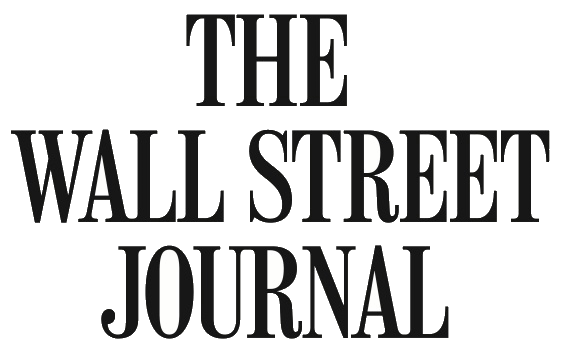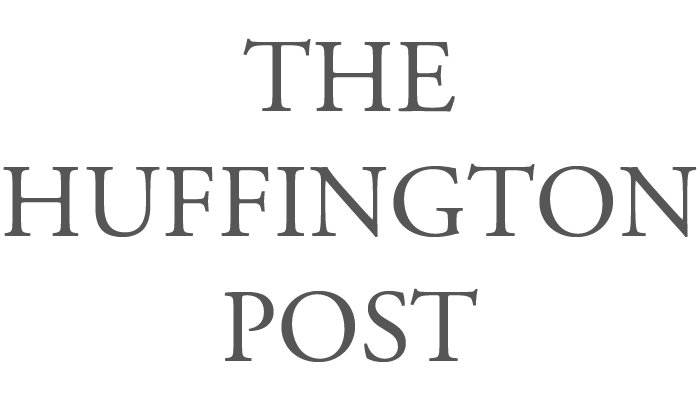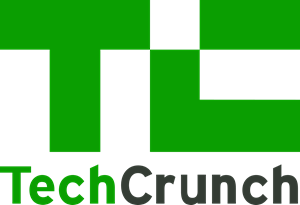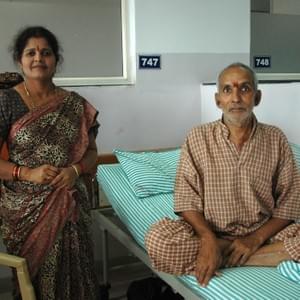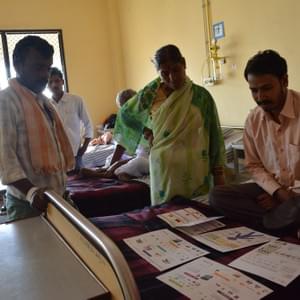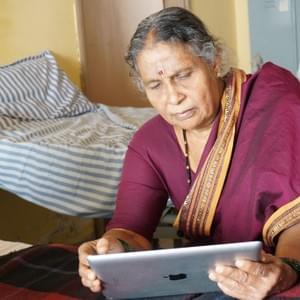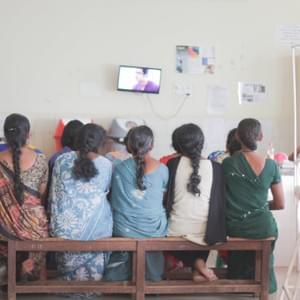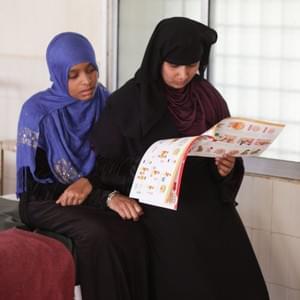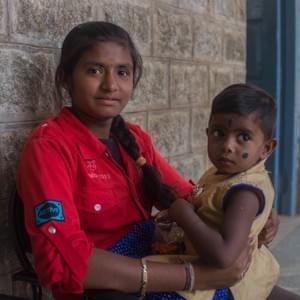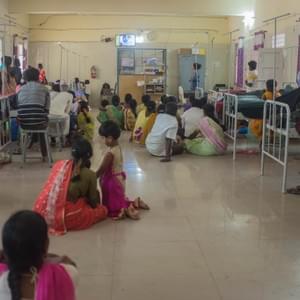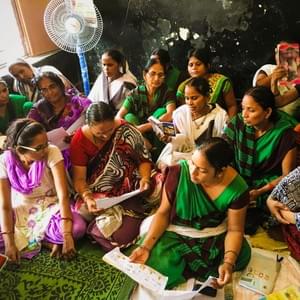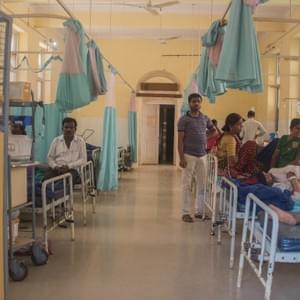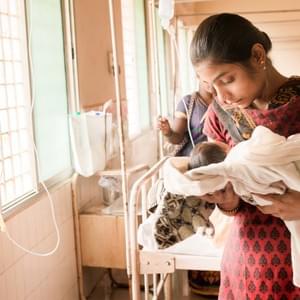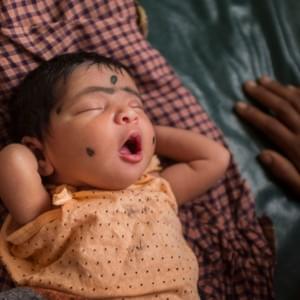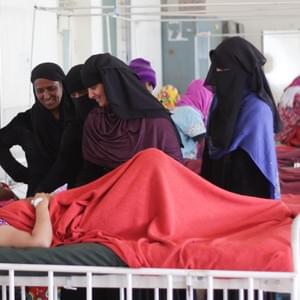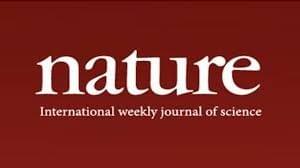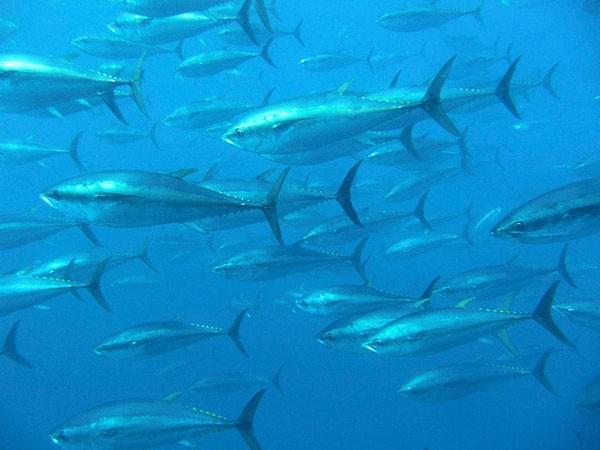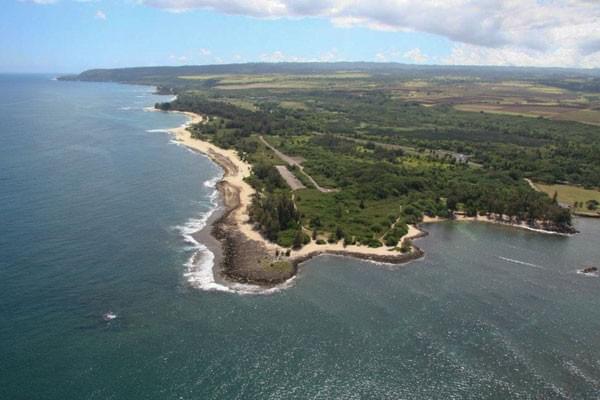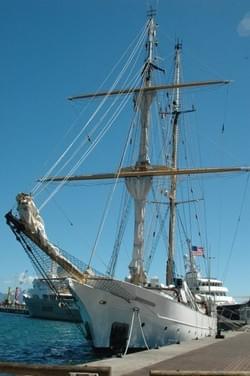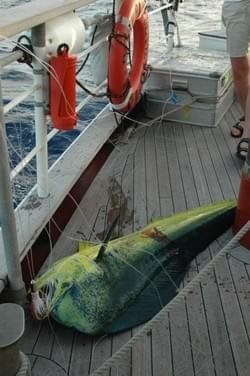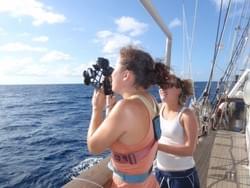
Katy Ashe
service design | design research
design strategy | design leadership
Mission Statement
I am a design leader in pursuit of a brighter future for people and planet. I see my role as a designer to unleash transformative change by harmonizing systems. I believe that by deeply listening to people we can build a more just and beautify world. I see my role in this process as a listener, builder, storyteller, scientist and facilitator.
Awards & Recognition
Forbes 30 under 30, Social Entrepreneur
2015
Fast Company 50 Most Innovative Companies
2016, 2017
Fast Company Innovation by Design Awards
2017
Echoing Green Fellowship
2015
Draper Richards Kaplan Fellowship
2016
Y Combinator Alumni
2014
SEAD Global Innovator
(Duke & USAID)
2015
GSBI Accelerator at Santa Clara
2017
My Story
Katy Ashe was the co-founder and chief design officer of award winning organization Noora Health, a YC backed nonprofit that trains marginalized patient families with health skills to improve outcomes and save lives. Katy believes that disenfranchised communities deserve access to the actionable health information they need to improve wellbeing and prevent disease.
With a background in engineering, scientific research, and human centered design, she believes that transformative change comes from within communities and just needs help being unleashed. Before Noora Health, Katy led a research campaign in the Peruvian Amazon on the devastating environmental and health impacts of illegal gold mining, while a researcher at Carnegie Institution for Science and Stanford University.
She has a BS in Environmental Engineering and a MS in Environmental Fluid Mechanics from Stanford University. Katy was recently featured as one of the “30 Social Entrepreneurs Under 30” by Forbes, Echoing Green Fellow, Draper Richards Kaplan Fellow and more.

"Katy Ashe & Edith Elliott | Design Thinking to Improve Health Outcomes"
One of the top 10 podcast episodes from 2016 on the award winning podcast "Social Entrepreneur with Tony Loyd"

Y Combinator, Female Founder Stories: Katy Ashe and Edith Elliott
A series of stories that cover the experiences and journeys of selected female founders from the prestigous Y Combinator accelerator.

"How Katy Ashe provided health training to 90,000 people in the hospitals of India"
Episode of the Shin Fujiyama podcast where I talk about design for low resource settings and what it was like to build an organization around that in India.

"Stanford grad student sees firsthand illegal gold mines in Peru and their threat to the rain forest"
Featured research on wildcat mine in the Amazon published in Stanford News & Mongabay

2016 GSBI Accelerator Investor Showcase
Watch me pitch Noora Health and why people should invest in our mission to save millions through compassion.
Download Resume
Get a copy of my resume. Or contact me for more info.
DROP ME A LINE
Social Impact
Work Pertaining Largely to the Improvement of Human Communities & Empowerment of Peoples

I am currently the Design Director at YLabs, where we design technologies that amplify youth power, agency, and opportunity. Over the past 5+ years I have led 7+ projects in 7+ countries and reached over 2 million people with my service and product design. Below are some of the projects that I have led with selected deliverable attached for download.

Asking for a Friend
Helping US teens navigate reproductive health information and services safely and confidentially
I am the project lead and lead designer on Asking for a Friend. Working in partnership with over 300 youth in the California, health experts, and California health agencies, we built Asking for a Friend, where actionable decision-support meets frictionless service wayfinding, while addressing youth’s main access barriers: cost, confidentiality, and knowing their rights.
Asking for a Friend is the first digital one-stop-shop platform designed to help young people learn about, find, and access safe reproductive healthcare, no matter where they live.
Asking for a Friend supports young people to make informed decisions about their sexual health and wellness through three main features:
- Interactive decision support tool to choose reproductive health services and products
- A geo-locator wayfinding tool to find available services locally and beyond
- Educational content in youth-friendly language on the topics youth care most about
We launched in June 2024 and have already reached 50,000+ youth with sexual health resources!

CyberRwanda
Using digital education to improve the health and livelihoods of adolescents
CyberRwanda is a digital platform that aims to improve the health and livelihoods of urban and peri-urban adolescents (12-19 years) by supporting them at every step of their healthcare journey. Co-designed with over 800 Rwandan youth, the CyberRwanda online platform and corresponding program includes narrative storylines, a robust FAQ library, and a youth-friendly pharmacy locator. For young people who do not have phone access, CyberRwanda is currently available on tablets in 60 schools across six districts and popular Youth Centers across the country.
The CyberRwanda program also includes gamified digital and in-person training for pharmacists at partnering health facilities that educate them on topics such as provider bias, youth access to health products, and voluntary FP/RH care.
Using youth-driven design approaches, every aspect of CyberRwanda - from the visual look and feel to the character names and FAQ content - was designed with input from over 800 young people and 200 parents, teachers, health care providers, and community leaders. This has helped ensure that the platform is not only fun and educational but also that the content, tone, and feel meet young people’s needs and are more impactful in addressing teen pregnancy and HIV prevention. All content has been reviewed, validated, and approved through the appropriate technical working groups within the Rwandan government.

Taageero Cash
Tackling barriers to cash and voucher assistance programs for unaccompanied adolescents
I led the development of the first ever direct cash program for unaccompanied and seperated adolescents in a refugee camp. In Ethiopia, refugees between the ages of 12 to 17-years-old make up almost 19% of the total population living in humanitarian camps. In Sheder Camp, located in the Somali region of Ethiopia, there are more than 300 Unaccompanied and Separated Children (UASC).
While displaced young people make up a disproportionately large number of the total people in humanitarian settings, they are largely overlooked as a demographic group. Unaccompanied and separated adolescents have limited access to post-primary education and livelihood opportunities, often don’t have the right to work, and with no certainty of a durable solution, are unable
In July 2021 we piloted the first cash distribution program that directly served vulnerable youth: the Taageero Cash Program. This pilot was conducted in Sheder Refugee Camp with the intention of informing cash distribution to youth in the larger context of refugee settings. This study builds off of findings from Design Research in early 2021 about the lives of UASC in Sheder Camp. In this phase, we focused on assessing the impact and potential adverse consequences of Taageero’s first cash distribution to youth. Read more about the work in the attached report.

My greatest body of work to date has been as the co-founder and Chief Design Officer at Noora Health, an organization that has a mission of improving health outcomes for at-risk patient families. What started as a classroom project at the Stanford dschool course "Entrepreneurial Design for Extreme Affordability" by four randomly assigned graduate students quickly grew through user demand and turned into an organization on a social mission.

Started as a D.school class project while I was pursuing my MS in Engineering at Stanford, I am proud to have built an organization that holds human centered design at it’s absolute core. As the Chief Design Officer I spent my time at Noora Health in the field getting to know and understand our users, iterating on prototypes to develop the most life saving technologies and services for our users, and training everyone I meet along the way (whether on our team or nurses and patients in the hospitals) in the process of human centered design, so that it is present in everything we do and develop. HCD has been the recipe to our success and it has paid off both in frequent awards for design and innovation, like Fast Company listing us as one of the ‘50 Most Innovative Companies in the World’ in 2016 & 2017 and most importantly in the impact that we are able to attain – Stanford researchers showed that our service reduces life threatening health complications by 72%. Our services have reached over 15 million people to date and the services that I designed have scaled across India, Bangaladesh, Indonesia, and Nepal.

The Seed of Noora Health

The Problem
When we started our design research I was struck by a series of inter-related needs. 1. Nurses were wildly understaffed and based on projections this problem will only continue to increase, 2. This means patients are left largely alone and unsupervised with risk of complications, 3. Waiting rooms were filled to the brim with anxious family members who would camp out for weeks while their loved ones recovered, the system left them completely unengaged and then at the end they were responsible for the care of the patient.

The Solution
Born from the user profile of a disengaged patient family that needs to know how to help keep their loved one health, we developed the "Care Companion Program" where we train patient families with high impact health skills in order to improve outcomes and save lives. To date we have trained 14+ millions people and Stanford researchers showed that our service improves outcomes by reducing life threatening complications by 72% for the families we train.

The 50 Most Innovative Companies of 2016
Top 50 Most Innovative Companies in the world for 2016, #2 Most Innovative in India

Turning Loved Ones Into Caregivers
“There’s nothing worse than watching someone you love suffer and not knowing what to do.”

Medical Program Helps Ease Strain On Hospitals In Developing Countries
"Noora Health’s early success suggests that while healthcare systems are indeed strapped for cash, untapped resources like family members could alleviate the burden on physicians at a very low cost."

Noora Health’s Training Program For Patients And Caregivers Improves Recovery And Reduces Readmission Rates
Environment
Work Primarily Relating to the Environment & Environmental Health
- ResearchI am passionate about the environment and have multiple degrees in environmental engineering, as well as several years of work experience. I worked with numerous organizations at the cutting edge of environmental research & environmental policy – I came to understand that my skills in research, writing, and organizing were powerful tools that could be used to change the way that systems work.

Mercury Contamination in the Amazon Rainforest


As an environmental researcher at the Carnegie Institute of Global Ecology I built up a research and information dissemination campaign to help better understand combat the negative impacts of mercury used in illegal gold mining on the environment and the health of those who live in it. Whereas most research often ends after an article is published in a journal – I made sure that this research got back to the local communities that needed to understand it in order to prevent health issues they were wrestling with by designing an outreach campaign in partnership with members of local tribes. The work grew over a few years to a multistate movement that was supported by the United Nations Environment Programme and used as a backbone by the indigenous tribal council to demand better protections of the Amazon rainforest from the Peruvian Government. I mention this work because I think it points to my track record as a creative agent for change that brings people together to impact systems.

Elevated Mercury Concentrations in Humans of Madre de Dios, Peru
My first author scholarly publication on mercury contamination in the Peruvian Amazon.

Gold mining in the Peruvian Amazon: a view from the ground
A journalistic article I wrote about what I was seeing on the ground at the start of my research.

Peru battles the golden curse of Madre de Dios
Attempts to reduce the environmental and health impacts of mining cause unrest.
- Additional Science Writing

Tuna caught off California carry radiation from the Japanese disaster, Stanford scientist finds
by Katy Ashe
Radioactive cesium from the 2011 Japanese nuclear disaster has been carried across the Pacific Ocean to California waters in the flesh of Pacific Bluefin tuna, say researchers from Stanford and Stony Brook University. Anglers reeled in the slightly radioactive fish off San Diego. The low levels of radioactivity are not thought to a pose a health risk to humans. The researchers say the accident has provided a new way to learn more about the migratory habits of sea animals that spent time in the waters near the damaged reactors.
Stanford researchers work with Hawaii's largest landholder to plan an ecological future
by Katy Ashe
The future of a large chunk of the island of Oahu was at stake when Stanford environmental scientists were called in to lend a helping hand. In the end, the environmental value of the land – not just the commercial value – was considered, and that made all the difference.Caught on tape: The nightlife of animals at Stanford's Jasper Ridge preserve
by Katy Ashe
Motion-activated cameras at Jasper Ridge Biological Preserve provide scientists a window into the secret lives of the animals there. Some, like the hummingbirds, flit about during the day. Others come out at night. Among the cast are mountain lions, bobcats, deer, coyotes, foxes and skunks. Studying The Oceans
My master’s degree largely focused on physical oceanography and while at Stanford I participated in the SEA program that had me at the Hopkins Marine Station and aboard an oceanographic research vessel for a quarter where I researched the changing carbon dioxide concentrations in the warming surface waters of the Pacific. I’m an avid sailor (I sailed across the Pacific on a tall ship) and scuba diver.
© 2024
